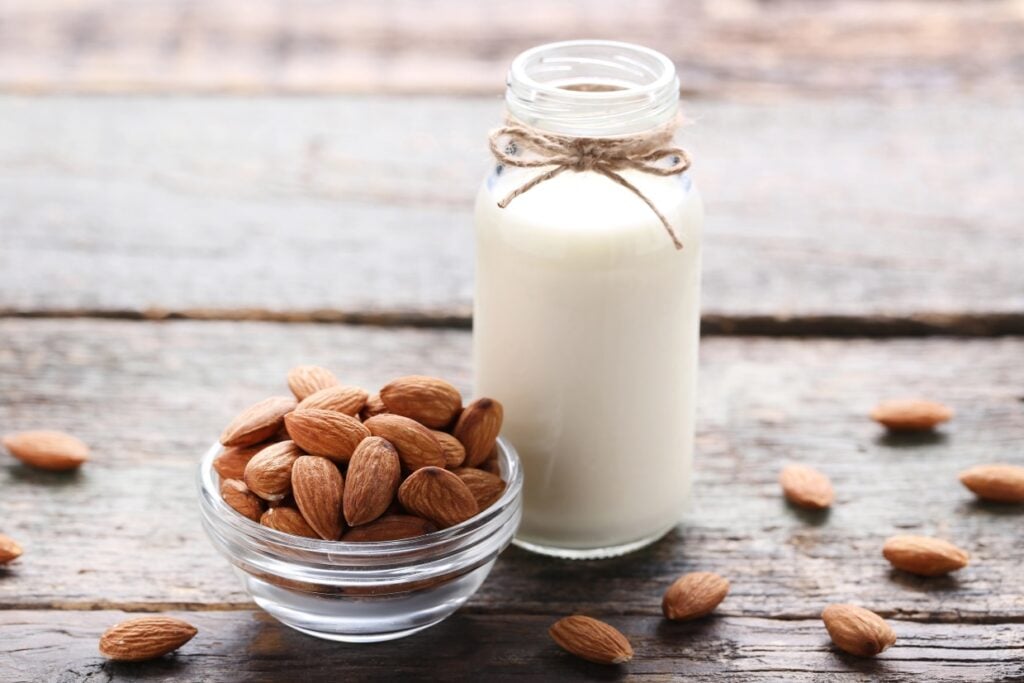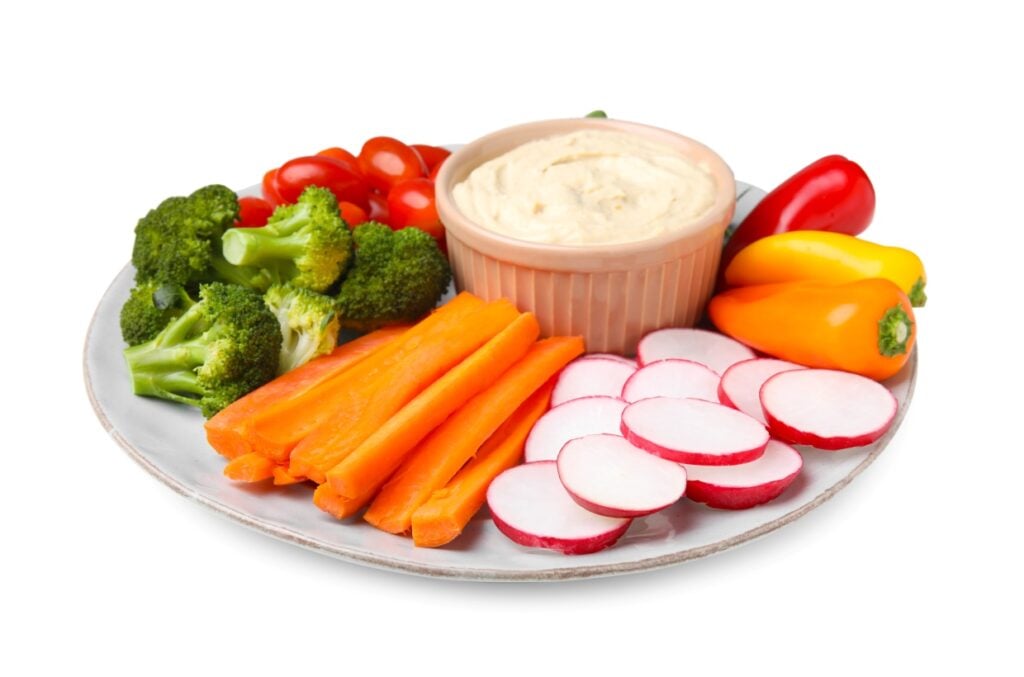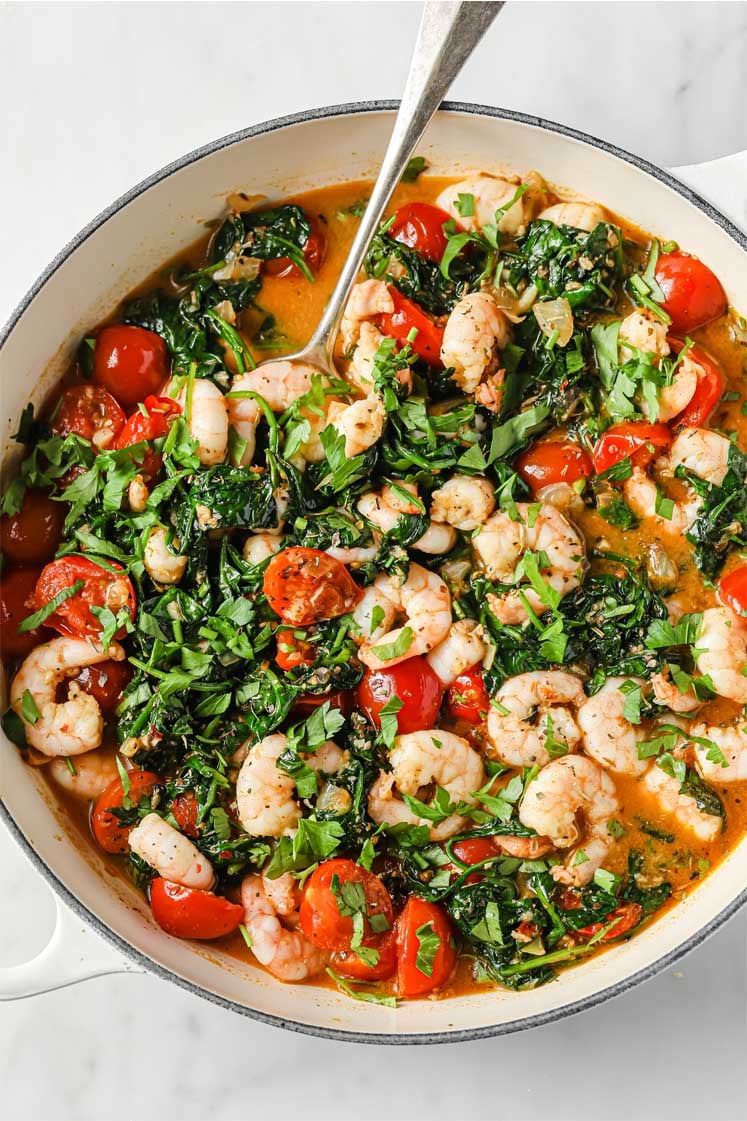Making holiday meals healthier doesn’t mean ditching everything people love. With a few smart swaps and tricks, you can lighten up the table without anyone catching on. These tips are great for keeping the comfort and nostalgia but with a bit less of the stuff that makes you feel sluggish. It’s all about those little tweaks that let you enjoy the meal and still fit in a post-dinner stroll.

Make gravy with broth, not drippings

For gravy with broth, skip the drippings and start with low-sodium broth. You can add a little cornstarch slurry to thicken, and simmer until smooth. To keep flavor rich, mix in a dash of Worcestershire or a pat of butter. This swap cuts down on fat while keeping the texture right for holiday dishes. Plus, it’s a great option for anyone looking to enjoy their meal without feeling weighed down. Season to taste, and you’ll have a lighter gravy that still hits the spot.
Cut heavy sauces with broth or vegetable puree

Broths and vegetable purees are perfect substitutes for heavy cream-based sauces, cutting down on unnecessary fats and calories. These swaps keep sauces flavorful and smooth without feeling heavy, making dishes easier to digest. Using vegetable puree adds extra vitamins and nutrients, sneaking in a little health boost without changing the taste too much. Guests won’t even notice the difference, and you’ll feel great knowing the meal is lighter.
Skip the heavy cream in desserts

Replacing heavy cream with almond or coconut milk makes desserts lighter while still keeping them rich and filling. Small swaps like this help reduce calories without anyone noticing, which is perfect for guests who want to enjoy dessert without overindulging. These dairy-free options also support those with dietary restrictions.
Use Greek yogurt instead of sour cream or mayo

Greek yogurt steps in for sour cream or mayo, serving the same creamy texture with less fat and more protein. It works great in dips, spreads, potato salads, and even dressings. This small swap lightens up dishes without sacrificing texture. Plus, yogurt can be easier for digestion for many people. It’s perfect for those looking to make smarter food choices without changing the flavors they love at holiday meals.
Serve infused water or sparkling water instead of sugary drinks

Sugary drinks sneak in a lot of extra calories, especially at holiday gatherings. Swapping in sparkling water or infusing water with fruits, mint, or herbs is a smart way to cut back without sacrificing anything festive. These drinks hydrate better than soda, keeping energy levels steady throughout the day.
Serve fruit-based desserts

Fruit-based desserts, like these stuffed oranges filled with fresh fruit, are a great way to enjoy a sweet treat without heavy ingredients. Natural sugars from the fruit mean less added sugar, and adding spices like cinnamon or nutmeg keeps things festive while staying light. Serving desserts like this won’t leave guests feeling weighed down. Swapping out traditional pies for fresh fruit options can make holiday meals a little healthier and still just as enjoyable.
Popcorn or spiced nuts instead of chips

Herby popcorn and kettle corn offer the same satisfying crunch as chips but come with fewer unhealthy fats. Air-popped popcorn seasoned with fresh herbs like rosemary or thyme is low in calories. Kettle corn adds a hint of sweetness, making it a festive treat, but can still be a lighter choice when prepared with minimal added sugar and oil. These choices are healthier than chips because they reduce saturated fats and empty calories. By sticking to air-popped methods and using fresh seasonings, you can enjoy festive snacking that’s easier on the waistline and still keeps energy levels steady throughout the day.
Swap mashed potatoes with mashed cauliflower

For a lighter spin on mashed potatoes, try mashed cauliflower. Steam cauliflower until tender, then blend with a bit of butter, garlic, and salt to match that creamy potato texture. To get it closer in flavor, add a splash of milk and even a sprinkle of Parmesan. This swap cuts down on carbs and calories but still gives that familiar, comforting taste. It’s an easy way to make holiday meals healthier without missing out on the flavors you love.
Go light on butter — try olive oil or avocado oil

Olive and avocado oils are healthier alternatives to butter, bringing rich flavor with fewer saturated fats. They’re perfect for roasting vegetables, drizzling over sides, or whisking into salad dressings. These oils contain healthy fats that support heart health. Many people worry about feeling weighed down after holiday meals, and using oils instead of butter can help prevent that. This small adjustment improves how people feel after eating and makes it easier to balance holiday indulgence with healthier choices.
Reduce sugar with apple sauce or honey in baking

Apple sauce and honey help replace refined sugar in baked goods while keeping them moist and sweet. They work great in cakes, muffins, and cookies, bringing natural sweetness without the crash that comes from too much sugar. Cutting back on sugar supports better blood sugar control, which is especially helpful during the holidays when sweet treats are everywhere. This swap helps create lighter and more balanced desserts, making it easier to enjoy without overdoing it.
Use dark chocolate for a rich treat with less sugar

Dark chocolate has a deeper flavor and uses less sugar than milk chocolate, making it a great swap for anyone trying to cut back on sugar. It’s packed with antioxidants, which can support heart health, so you’re adding something festive and practical. Serving small squares or using it in recipes keeps things easy. It’s a small change, but it makes desserts feel special without the sugar overload.
Choose whole grains over refined options

Whole grains are packed with fiber, which aids digestion, keeps people full, and supports stable energy levels. Options like whole wheat rolls, quinoa, brown rice, or whole grain pasta are great for holiday sides. They also promote better cholesterol levels and weight management, making them a smart swap in festive dishes like stuffing or casseroles. While refined grains can leave people feeling sluggish, whole grains give meals more texture and a heartier bite.
Swap heavy eggnog for lighter drinks like cider or tea

Eggnog can be loaded with sugar and cream, making it a bit heavy when paired with big holiday meals. Switching it out for spiced cider or herbal teas brings warmth and flavor without weighing anyone down. These lighter drinks are easier to enjoy throughout the day and pair well with appetizers and desserts.
Limit alcohol by serving mocktails alongside cocktails

Holiday gatherings can easily lead to overdoing it on drinks, which leaves people tired or uncomfortable. Serving mocktails next to cocktails gives everyone an easy way to pace themselves. Mocktails look just as festive and allow non-drinkers to feel included, keeping the energy upbeat for the whole event. This small change helps people feel better at the end of the night and ready to enjoy the next day, too.
Sneak in veggies where you can

Adding vegetables to holiday dishes is easier than people think. Spinach blends well into casseroles, mashed cauliflower is a lighter potato substitute, and shredded carrots or zucchini fit right into baked goods. Sneaking in veggies boosts vitamins, minerals, and fiber without anyone noticing. This trick helps balance heavier meals, supports better digestion, and adds nutrients to dishes that might otherwise feel too rich.
Use herbs and spices to replace extra salt and sugar

Herbs and spices add bold flavor without relying on extra salt or sugar. Rosemary, thyme, cinnamon, and paprika can make holiday dishes stand out while supporting healthy blood pressure and glucose levels. This approach lets people enjoy flavorful food without worrying about too much sodium or sugar. Many people are looking for ways to cut back on these ingredients, and using herbs and spices is an easy way to do that without sacrificing flavor. It’s a small change that adds up to better long-term health.
Roast, grill, or steam instead of frying

Choosing roasting, grilling, or steaming keeps food light without losing flavor. Roasted vegetables bring out natural sweetness, and grilled meats stay juicy without the need for extra oils. These methods make meals easier on digestion and cut back on unhealthy fats, leaving people feeling better after eating. Many holiday spreads are packed with fried dishes that feel heavy, but small changes like these help balance things out. Plus, these techniques are simple to do, making meal prep more manageable during the busy holiday season.
Use broth instead of butter in stuffing

Swapping butter for broth in stuffing helps keep it moist without all the extra fat. Using a low-sodium broth also keeps the salt levels in check, making it a great choice for anyone looking to eat a little lighter during the holidays. This small change keeps the dish flavorful but makes it easier to enjoy without feeling overly heavy afterward.
Serve veggie platters with hummus or guacamole

Hummus and guacamole are crowd-pleasers, making them a great choice for holiday spreads. They pack flavor but come with healthier fats compared to heavier dips. Pairing them with fresh veggies gives people a light, crunchy option, which helps balance out heavier main dishes. This also makes it easier to get some vegetables in without forcing it. These dips are nutritious alternatives, making them a perfect way to snack smart during celebrations.
Swap out traditional cheese platters for lighter alternatives

Cheese platters are festive but can feel heavy fast, especially when paired with rich meals. Lighter spreads with fruits, nuts, or lower-fat cheeses keep things filling without leaving guests feeling weighed down. Adding options like grapes or almonds makes the spread feel fresh and adds variety. These small tweaks help guests enjoy themselves while keeping meals balanced. It’s a great way to enjoy the season’s flavors without going overboard.
Serve smaller plates to control portions

Smaller plates naturally limit portions, helping guests enjoy their food while staying mindful of how much they’re eating. Small changes like this support health by preventing overeating and reducing food waste. Guests can always go back for seconds, but starting with smaller servings makes it easier to enjoy the meal without feeling overstuffed. This simple trick creates a balanced holiday meal that leaves everyone happy rather than sluggish.
Plan for breaks between courses

Long holiday meals can sometimes feel overwhelming, but adding breaks between courses makes the day much easier to enjoy. Pausing for a bit between dishes gives everyone time to recharge, enjoy conversations, and avoid overeating. It also makes the meal feel more organized and leaves guests feeling satisfied without being too full. This approach turns meals into a relaxed, thoughtful experience instead of a rush to the finish.























Leave a Reply